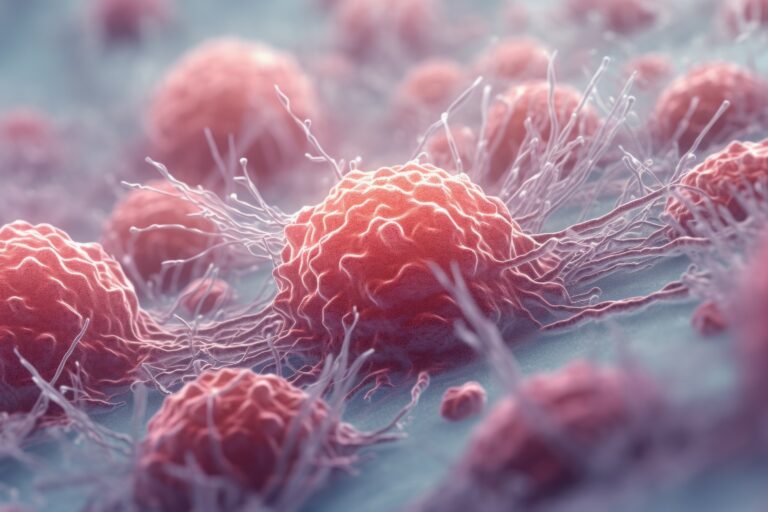Flow cytometry, even if somehow a “classical” technique, is still very valuable in Immunology. Uses of flow cytometry vary from cell identification & sorting based on membrane molecules, characterisation and quantification of secreted and intracellular molecules, as well as, more recently, analysis related to exosomes.
Following our series of technical tips for common experiments in Life Sciences (phospho-WB, secondaries, IF, ELISA, primary cell culture), we present today a series of tips to improve your flow cytometry results.
Tip #1 – Reduce noise from your fluorescent signal
A critical step during optimization of flow cytometry experiments is reagent (antibody) titration. This will help you improve the specificity and intensity of your fluorescent signal while minimizing background.

Tip #2 – Choose the right controls for flow cytometry
Always include negative controls of the same isotype as the labeled antibody so that you can determine the extent of background signal in your experiments. Include cells known to express the antigen of interest since they will help to determine the specificity of the antibodies used.
Tip #3 – Optimize permeabilization and fixation to improve detection
Always use freshly prepared solutions of high purity paraformaldehyde for fixation and initially try mild detergents (Tween 20) for permeabilization. For further improvement, increase the formaldehyde concentration gradually up to 4% or try ethanol or methanol and using other detergents including Triton X-100, or saponin without fixation or alcohol fixation.
Tip #4 – Stain dead cells to obtain meaningful data from viable cells
Since dead cells can bind non-specifically to any antibody, it is imperative to keep those out of the analysis. The best way to do this is by using a fluorescent dye that will pass through damaged plasma membranes and thus stain dead cells.
Tip #5 – Keeping fluorescent signal at high intensity
When performing staining of cell surface markers, always consider the possibility that extracellular antigens can be internalized upon antibody binding. This naturally occurring phenomenon can have a significant negative effect on the intensity of your fluorescent signal.
Access Rockland’s and tebu-bio’s complete flow cytometry tips!
“Flow Cytometry protocol optimization” by Dr. Camilo Moncada, Ph.D. (Rockland Immunochemicals).
Would you like to share your tips, or suggest us new tips to publish? Leave your comment and stay tuned!




